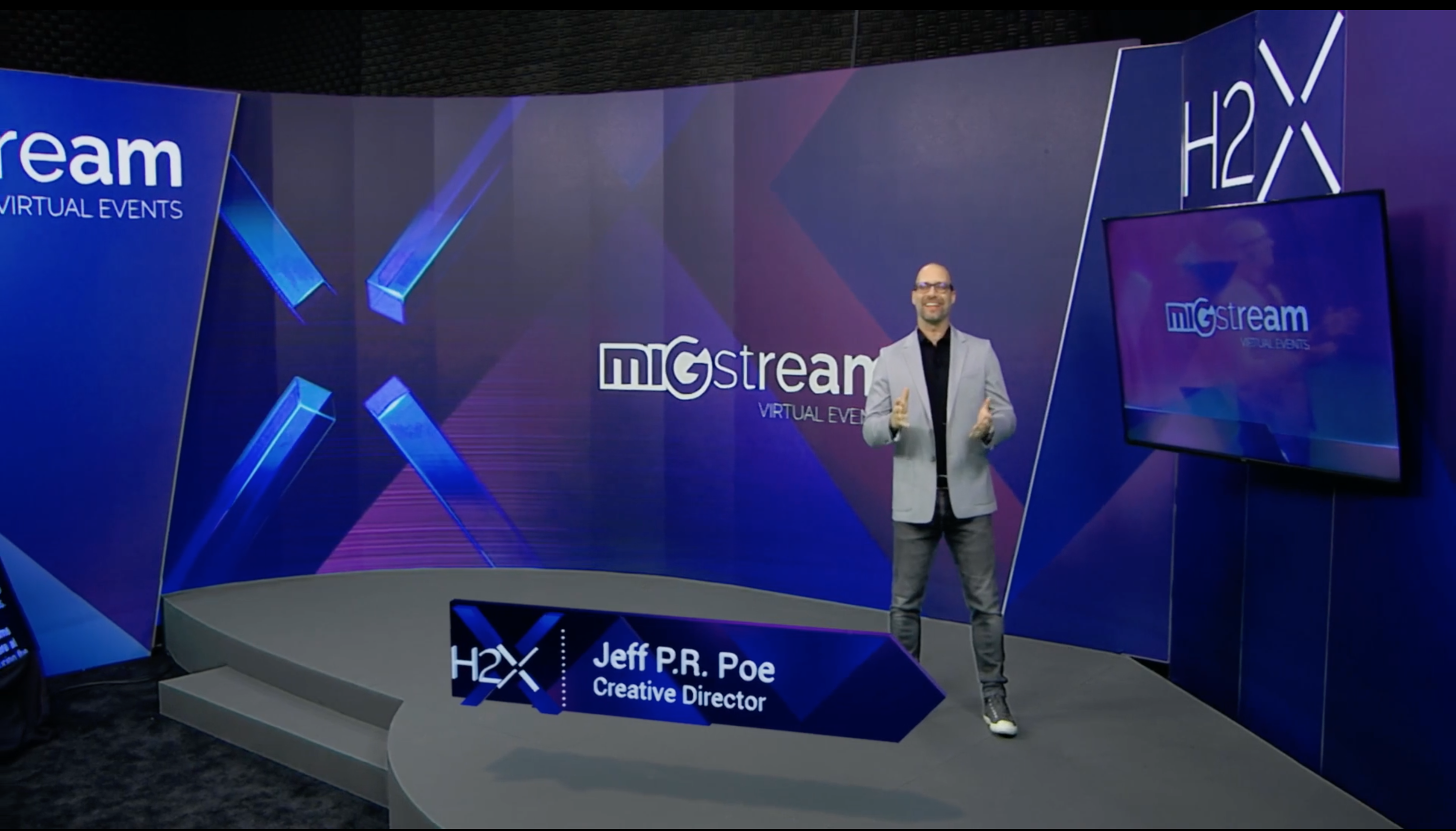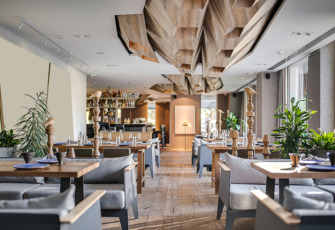
Mixed reality (MR) takes augmented reality (AR) beyond simple overlays by blending digital and physical worlds in real time. While AR places digital images on top of the real environment, MR anchors virtual objects to real spaces, allowing natural interaction. This technology knows where digital elements exist and how they relate to physical surroundings.
The result is an experience where digital and real objects coexist and respond to each other. Understanding how mixed reality expands on augmented reality helps unlock new possibilities for engagement and collaboration.
The Integration of Digital and Physical Worlds
Mixed reality technology creates environments where virtual objects do more than just appear; they behave like real things. Unlike AR, which displays floating graphics, MR allows users to walk around virtual furniture or manipulate digital tools as if they were tangible.
This deep integration offers a seamless blend where the boundary between digital and physical blurs. Virtual objects cast shadows, reflect light, and react to user movements, making the experience more believable and useful.
Enhanced Interaction and Spatial Awareness
One of MR’s strengths is its ability to understand and map the physical environment. It tracks surfaces, objects, and distances, letting digital elements fit naturally into the space. Users can place a virtual model on a table and move around it to observe from different angles.
This spatial awareness transforms passive viewing into active participation. Collaborative work becomes easier as multiple users interact with the same virtual elements anchored in a shared space, even if they are miles apart.
Expanding Practical Applications
Applications of mixed reality reach far beyond entertainment. In architecture, MR helps visualize buildings on actual sites, showing how light and shadows fall throughout the day. Healthcare professionals use MR for surgery planning and training, overlaying vital data on patients during procedures.
Education benefits as students explore 3D models of historical artifacts or complex scientific concepts. MR’s ability to adapt content dynamically and allow hands-on interaction changes how people learn and work.
Mixed Reality’s Role in Collaboration
Mixed reality technology breaks down geographic barriers. Teams in different locations can collaborate on virtual projects as if gathered around the same physical table. Designers can tweak prototypes together in real time, speeding up decision-making and innovation.
This shared experience enhances communication and reduces misunderstandings that happen over traditional video calls or emails. MR adds a new layer of presence and interactivity that transforms remote teamwork.
Looking Ahead: The Future of Mixed Reality Technology
As mixed reality technology evolves, it will merge more deeply with everyday life. Advances in hardware will make devices lighter and more comfortable, and software improvements will increase realism and responsiveness.
The fusion of MR with artificial intelligence will make virtual environments smarter, capable of anticipating user needs and adapting on the fly. These developments promise to expand mixed reality’s reach, impacting fields from entertainment to enterprise, and enriching how humans interact with the digital world.
How Multi Image Group Can Elevate Your Mixed Reality Experience
At Multi Image Group, we harness the power of virtual, augmented, and mixed realities to create compelling brand experiences. Our expertise in event branding design and application helps integrate mixed reality technology seamlessly into your events. We focus on crafting immersive activations that engage audiences and amplify your message.
Partner with us to unlock the full potential of mixed reality and transform your brand’s presence with innovative, interactive experiences.



